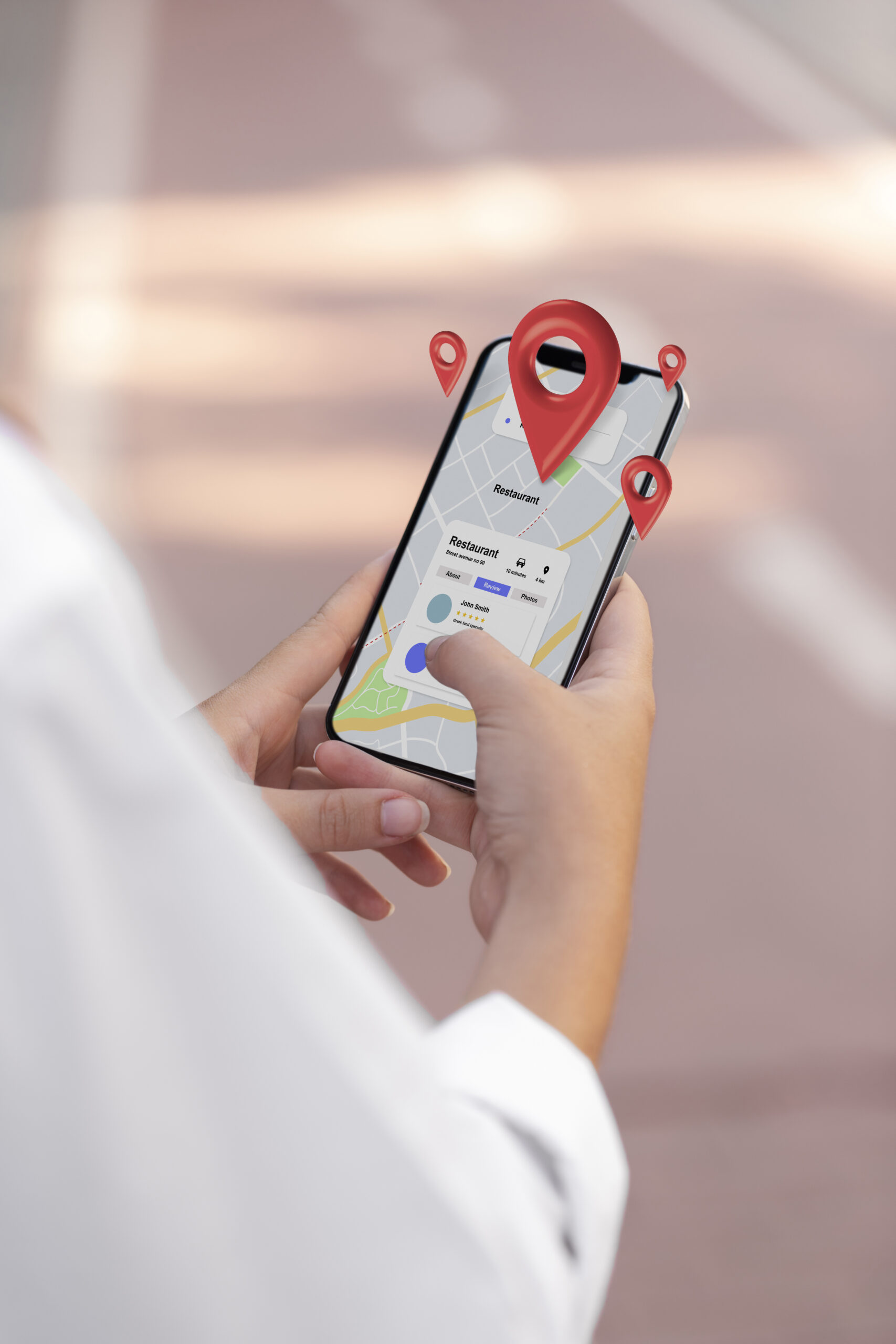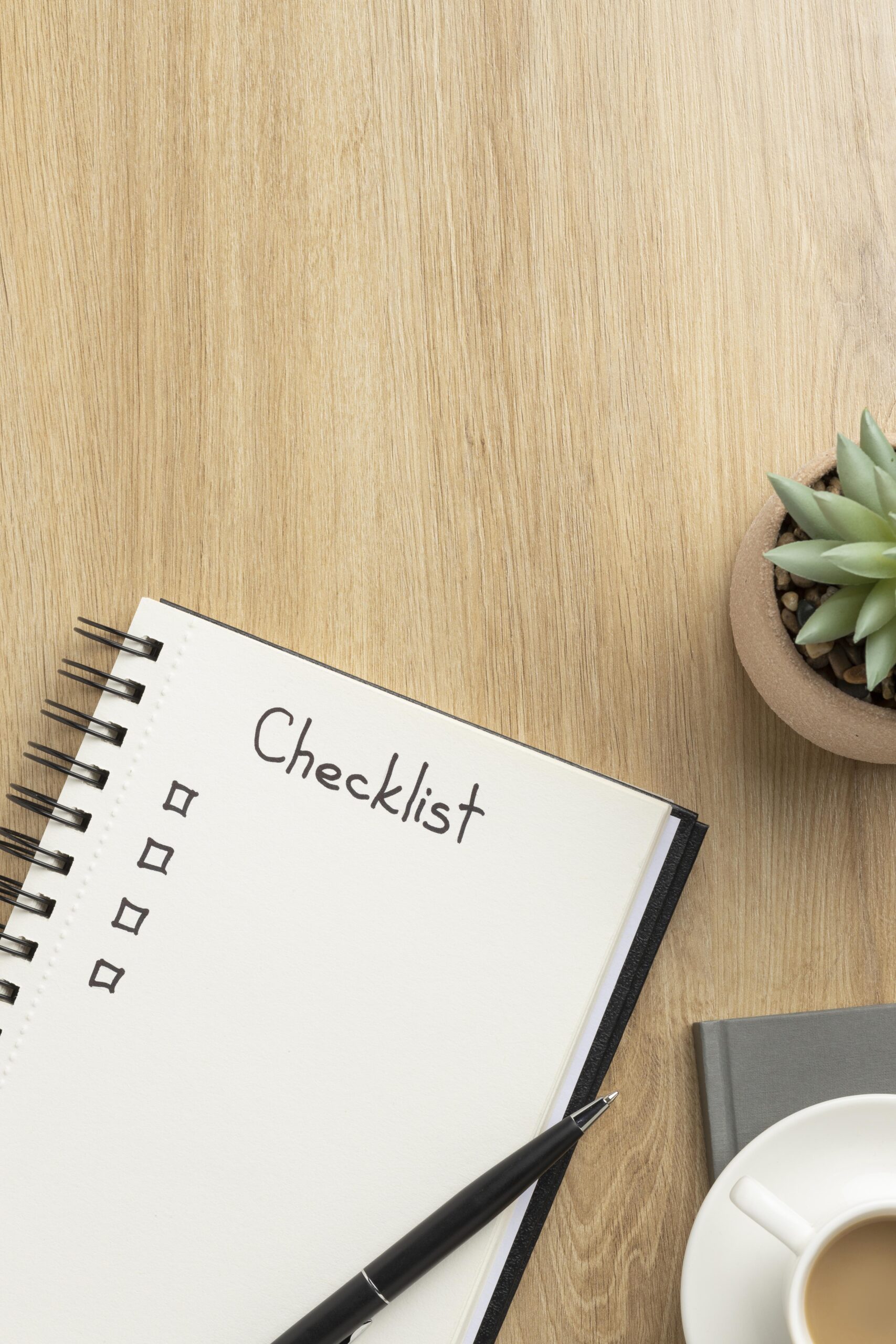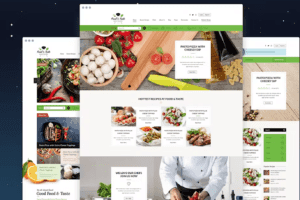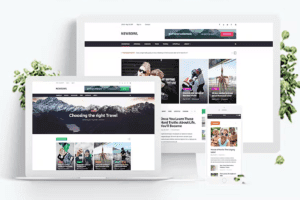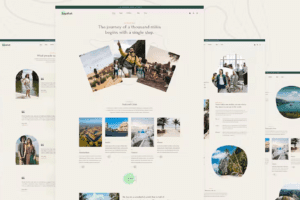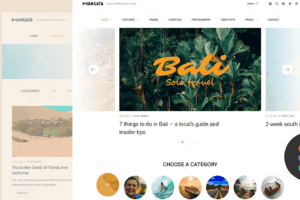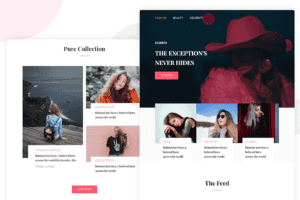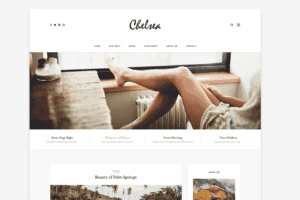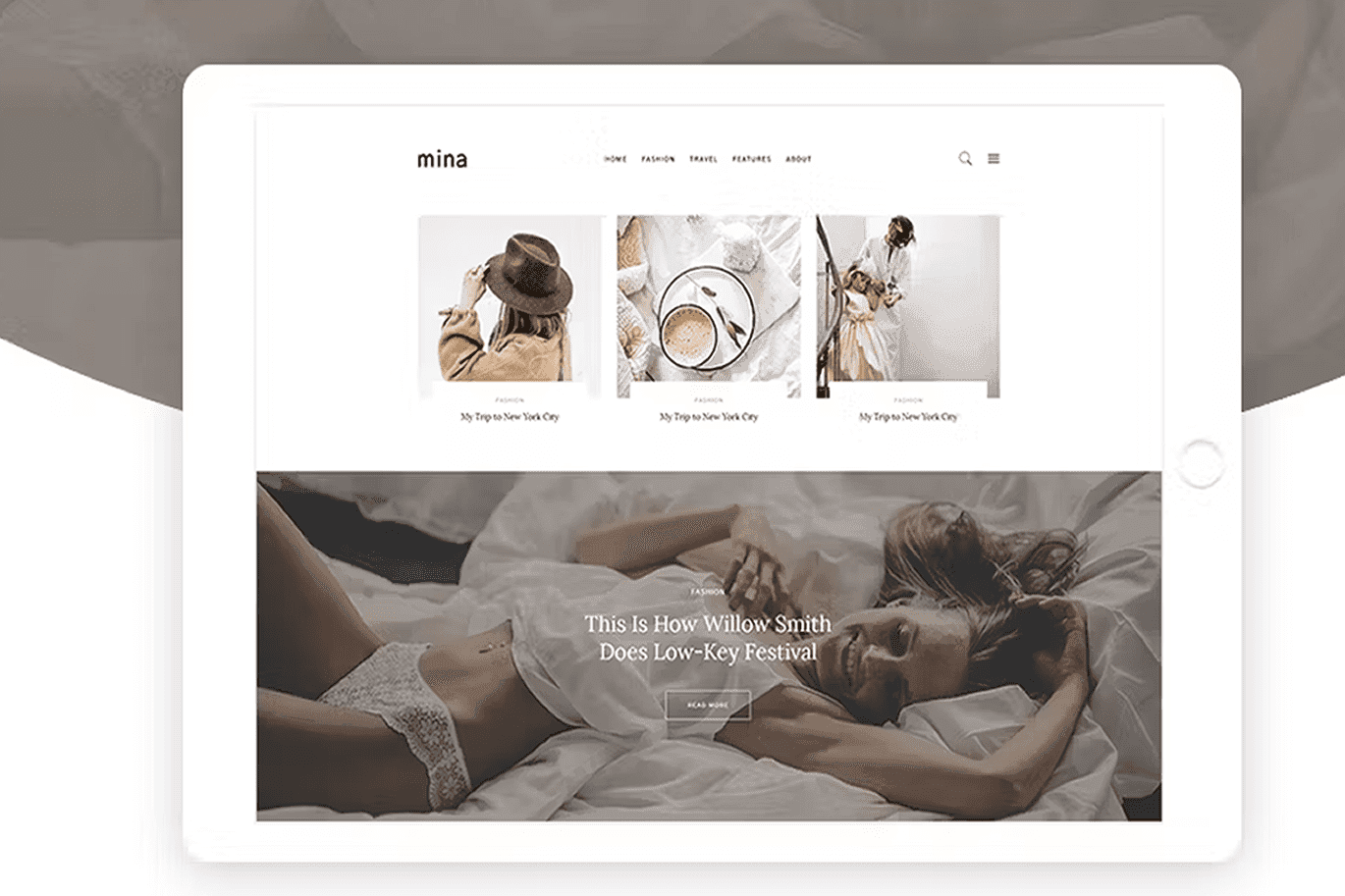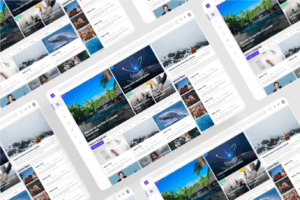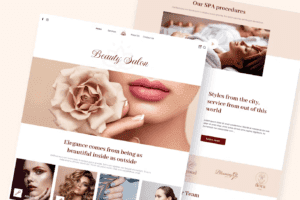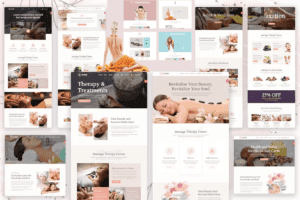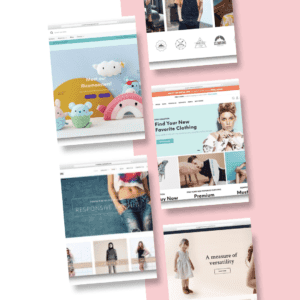More and more companies and professionals are wondering how to advertise on Facebook to increase their customer base.
Facebook’s algorithms are increasingly powerful and allow you to make yourself known quite easily to any target you want.
In the transition from traditional advertising made up of print, billboards, billboards, radio and TV to digital advertising, a lot is gained in terms of data tracking and the possibility of optimizing the campaign.
By analyzing the data on a daily basis, very interesting tests can be carried out to optimize the funnel from A to Z and increase the conversion rate.
How to Advertise on Facebook? Anyone can advertise on Facebook, you don’t necessarily need a consultant or an agency and if you’re a beginner I’ll explain here some key points to know before starting.

First things to know how to advertise on Facebook
The 3 essential elements required in order to create a sponsorship on Facebook Ads are the following:
personal profile
Facebook page
payment method such as a credit card for example
With these 3 elements and without even having to create a business manager, you will be able to sponsor a post published on your page for greater visibility.
If you have a business and occasionally publish posts that attract a fair number of likes and interactions from your customers (even a dozen likes per post) you can do this test to see if you can get more likes, customers and site visits if you have one.
In this case we are talking about minimum effort and maximum ease of campaign management because in a few minutes you will be able to choose:
- campaign budget
- target
- publication time

Facebook Advertising: Creating a campaign step by step
If you already have a personal profile and a Facebook Page, you can start creating an ad from Facebook Ads Manager or Business Manager.
(Obviously, if you don’t have a personal profile and a Facebook page you will have to create them both.)
1. Choose your campaign goal
Log into Facebook Ad Manager and select the Campaigns tab, then click Create to start creating a campaign.
The Facebook platform offers 11 objectives that can be used depending on the purpose of the campaign
Brand Awareness
Reach
Site traffic
Engagement
Installing Apps
Video Views
Lead Generation
Messages
Conversions
Catalog sales
Store traffic
Choose carefully after doing some tests the goal of your campaign.
The most used lenses for commercial activities are for obvious reasons:
- Brand Awareness : useful for making yourself known and building a minimum fan base for our facebook page
- Engagement : convenient for sponsoring organic content that has gone well to increase the reach of the post and collect more likes on the page
- Video viewing : as for the first point, it can be useful to expand the visibility of an interesting video content and be able to build an audience that can then go and contact another sponsored
- Lead Generation : very useful for acquiring contacts with the form integrated directly into facebook. The user just has to confirm the data and send the form
- Conversions : widely used when we want to send the user to our website to make him buy or fill out a form on our site. This assumes the installation of the facebook pixel on our website to monitor when the customer “converts” or adds a product to the cart, buys or leaves their data
- Catalog sales : for some time now, Facebook and Instagram have made available a powerful integration tool between our website and the Facebook page. in this way we will be able to connect the site to Facebook and tag the products of our shop directly in the Facebook or Instagram shop
- Traffic to the point of sale: in the age of omnichannel, this objective goes precisely in the sense of placing digital weapons at the service of the company’s physical point of sale
2.Give your Campaign a name
A Campaign codification can be very helpful when running more than one campaign/funnel.
An interesting codification could be:
(Store/Product Name) (Funnel) (Goal) (Location) (gender) (age) (launch date)
3. Set your Budget and Schedule
At this point you can choose the name of the ad group and decide for which page to create the campaign.
At this point you can decide how much budget to invest for your campaign and you can choose between two options:
daily budget
total budget
You will have to decide the start and end date of the campaign although you can also choose not to set an end date.
You will also have the possibility to decide at what time of day and what day of the week your campaign will be active.
In case you have evidence of when your target audience is most intent on converting and/or when your customer contact platform will be operational to respond to customers or contact them as soon as they leave their data.
4 . Decide on the campaign’s target audience
Depending on your goals, you can decide to target your campaign at:
people who are already fans of the page
friends of people who are fans of the page
people who are not in the previous two sets
In all cases you can decide to limit your advertisements based on some user characteristics:
age
sex
locality
lingua
Or on the basis of interests (example: Ferrari) or Behaviors (eg: Buyers Involved, or people who often click on the Buy Now button and who are presumed to often buy online).
5. Choose your campaign placement (Mobile, Desktop, Facebook, Instagram, Marketplace etc).
Whether you are a novice or a person who “chews” Facebook Ads, the advice I can give you is to leave the ball to Facebook to decide on which positioning to publish your campaign.
The facebook algorithm has an incredible amount of data and incredible power.
The best thing is to try to let it work to find the best subset to target advertising.
In case you have objective reasons to choose exactly one or more placements excluding others, you can do it without problems.
6 . Create your campaign ad or post
First decide on the format of your ad which may depend on the objective you have chosen.
You will be able to:
upload images, videos to the platform or create a mix of them leaving Facebook to do the work.
for most objectives, insert a short text to describe your ad and capture the interest of the customer.
add a Headline to entice the customer even more to action
Enter a Description to tell in a few words the service, product you are advertising under the Headline
Make sure your images and videos display correctly on the placements you’ve chosen to use using the ad preview tool.
Once you’re sure you’ve completed everything correctly, click Publish or Save as Draft Campaign to get back to work when you’re ready.
Once you click on Publish, the campaign will go under review, i.e. it will be controlled by the Facebook system and also by reviewers, real people located all over the world who are responsible for checking sponsored content.
Campaign under review – Ban risk?
I advise you to read the regulations for advertising on Facebook before starting because you can run into annoying advertising account bans that inhibit the owner from making any advertisements.
Of course, offensive content is prohibited, but in general, Facebook does not welcome content that could harm the identity of the person browsing the platform.
The tone and words used to address the user must also be correct and incorrect language or text in all CAPS should not be used.


